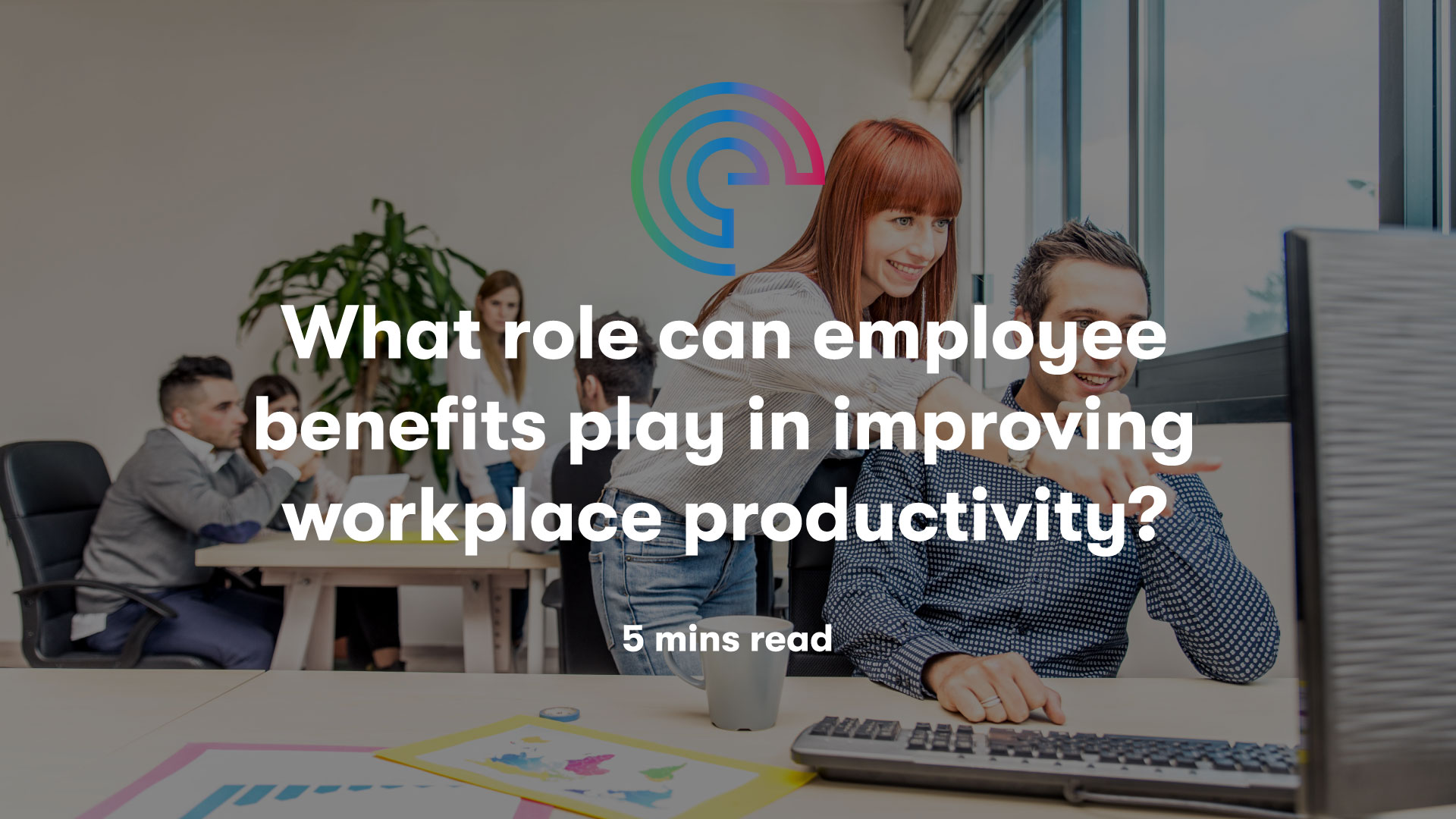A guest blog written by Oliver McDonald, Director of our sister company – Engage Wealth Management. Read on for insights on workplace pensions.
Workplace pensions haven’t always been given the attention they deserve but the approach to financial wellbeing and growth is changing for the better. With the gradual move away from the old ways of Defined Benefit pensions to Defined Contribution pensions, more and more employees see their responsibility and control over their pensions and retirement grow.
The gradual introduction of Auto Enrolment in 2012 helped bring pensions to the forefront of employers’ and employees’ minds. However, in recent years new trends have emerged:
- Employers are setting up the basic option and hoping this will be enough
- Employers addressing the pension once, rather than continuously reminding staff about the importance and their options
- Employees have become more knowledgeable – it is often the case that companies seek help as they have been challenged by staff. Existing staff, or even during interviews, ask why the company only offers a ‘basic’ pension option.
Pensions provide valuable support to you and your employees for when they reach retirement. However, a company pension scheme isn’t just a one-time thing. A workplace pension is now seen as a core employee benefit, and improvements must be made to attract and retain quality staff.
What does the regulator say?
Automatic enrolment is a continuous responsibility – your duties do not end after your duties start date.
The Pensions Regulator expects employers to ensure staff receive good value for money with their workplace pension scheme.
In this blog, I’ll explore five ways employers can improve their workplace pension scheme in the UK.
Are you looking to set up the right support and employee benefits for your teams? Contact us at [email protected] or call +44 (0)1273 974419 for FREE no-obligation advice and support.
1.Increasing employer contributions
This may seem obvious, but most schemes we encounter still contribute the minimum – for both employer and employee. The minimum contributions for auto-enrolment are 8% total, of which 3% must come from the employer.
So, we see most schemes set up on 5% employee and 3% employer contributions. These contributions are the minimum. Like anything in life, putting in the minimum effort will provide poor results.
If you want to improve your employees’ future retirement and retain/attract staff, increasing the employer contribution is a great way to achieve this.
How much is up to you? Some employers offer matched contributions up to a certain percentage or higher contributions for senior staff members.
2.Changing provider
We’ve seen a lot of companies start out with basic options. The National Employers Savings Trust (NEST) was set up to accept any employer with 1 employee or more. The People’s Pension is also a popular option.
Whilst these providers tick a box, they have their limitations.
Searching the market for a more comprehensive option could be a great way to show your employees how you’re taking their future seriously. Some of the benefits may include:
- Reducing fees for your staff
- Introduction of Salary Sacrifice
- A wider investment choice
- Full retirement options
- Greater technology to improve employee engagement
Changing providers is not as complex as it seems, especially when using a workplace pensions expert like the team at Engage Wealth Management.
We help employers every step of the way and ensure a smooth transition to a better workplace pension scheme. Check out our workplace pension offering for more information or get in touch at [email protected]
3.Changing the way your contributions are calculated
A slightly technical area but incredibly important. When setting up a workplace pension scheme, employers can choose to base contributions on three options:
- Qualifying earnings: Contributions are based only on pay between £6,240 & £50,270 (2022/23 tax year)
- Basic Salary: Contributions are based on employees’ basic salary
- Total Earnings: Contributions are based on employees’ total earnings, including overtime and bonuses.
Clearly, qualifying earnings are the least generous. Many companies begin with qualifying earnings and minimum contributions to cover the legislation. This is fine, but once a company grows rapidly, it must seek ways to improve employee benefits, including pension contributions.
Basic Salary is the most common method, with only a few employers implementing total earnings from our experience.
4.Salary Sacrifice / Salary Exchange
Salary Sacrifice is a way of contributing to an employee’s pension before they are taxed. This benefits both employers and employees in several ways:
- Employers pay less National Insurance: Employers can then choose to retain this saving or kick the saving back to employees as an additional contribution.
- Employees pay less tax and National Insurance: The employee is effectively being paid a lower salary. Therefore, the tax and National Insurance savings will increase their take-home pay. Employees might choose to contribute the additional saving to their pension scheme.
- No higher rate tax relief claim: Under the standard relief at source method on pension contributions, higher rate taxpayers must claim higher rate tax relief through their annual self-assessment. Although they can backdate their claim, many people miss out on this ‘free money’ from the government. With Salary Sacrifice, employees receive tax relief at their highest marginal rate immediately, so there is no need for claiming through self-assessment.
There may be drawbacks to Salary Sacrifice, and employers are effectively changing an employee contract. At Engage Wealth Management, we help employers communicate these changes and provide the appropriate letters to change contracts. However, it is sensible for employers to seek legal advice before changing to Salary Sacrifice too.
This Salary Sacrifice calculator from L&G is an excellent tool for employers and employees.
5.Ongoing support to employees
Employing the service of a workplace pensions expert can be a great way to demonstrate additional value to your employees. Popular features include ‘pension surgeries’ and 1-1 meetings.
By employing the services of an expert, your staff have access to them throughout the year for high-level questions. The most common discussions are around increasing employee contributions, consolidating old pensions, and looking at investment fund options.
We also make it clear that our service is an additional employee benefit, provided to staff at the cost to the employer.
Being independent financial advisers, we can also provide in-depth individual advice to employees at their cost. This may include more serious retirement planning, investing a windfall or protecting their family with insurance.
If you’re a UK employer, how can you improve your employees’ pension and incentivise more engagement? Try some of the ideas above – it might help your staff save for retirement.
Contact our friendly team of experts for FREE quotes and advice. Call +44 (0)1273 974419 or click on the bottom right chat box.









